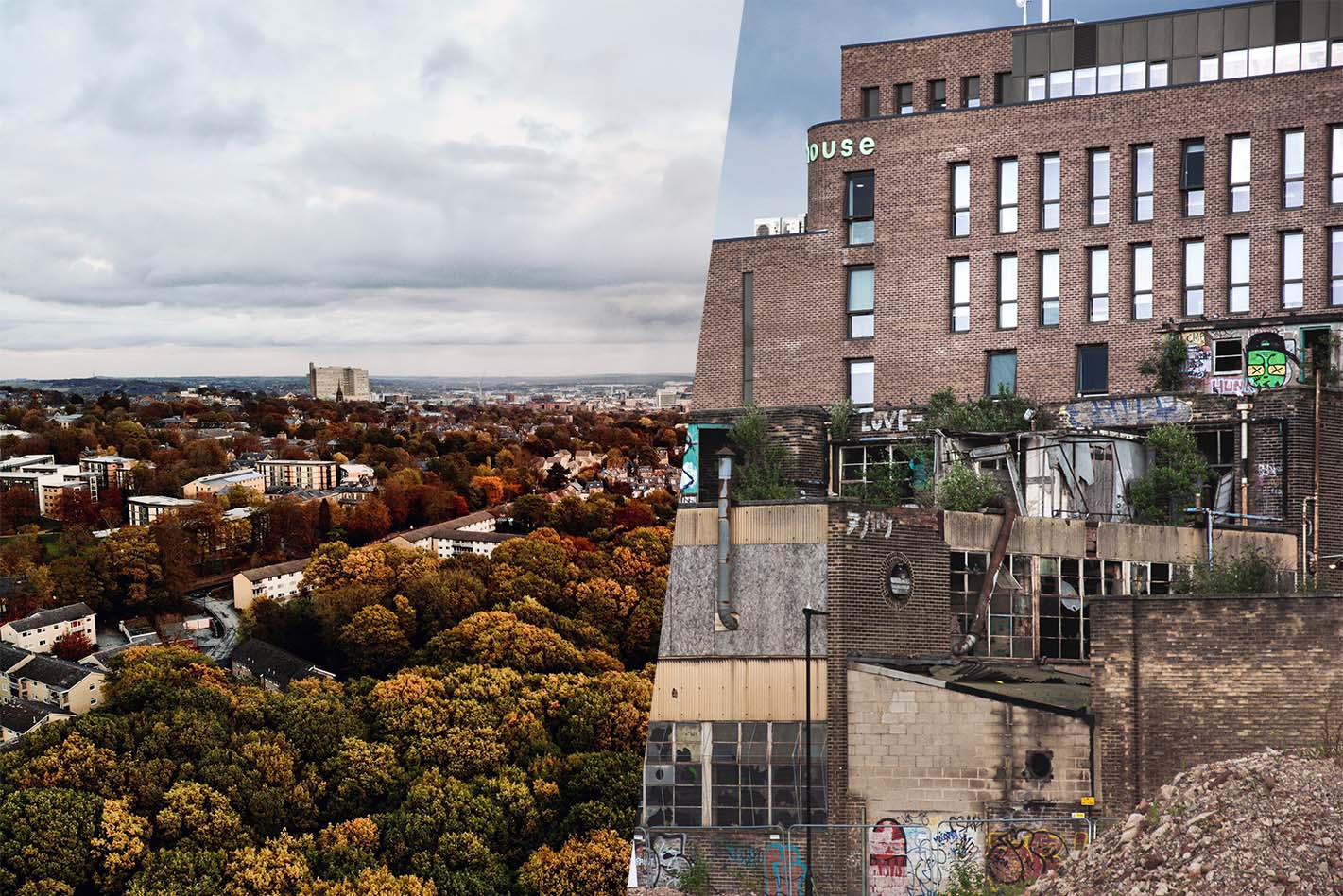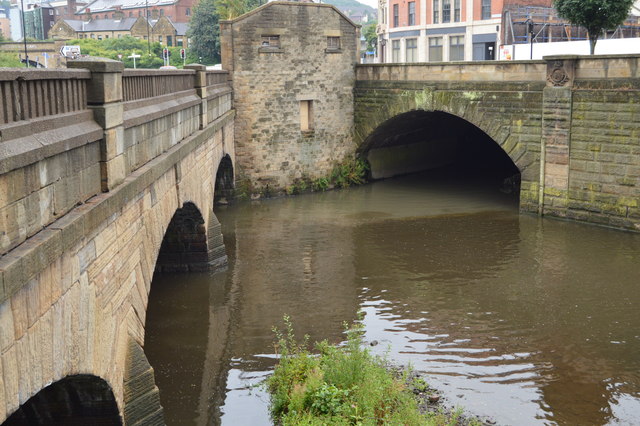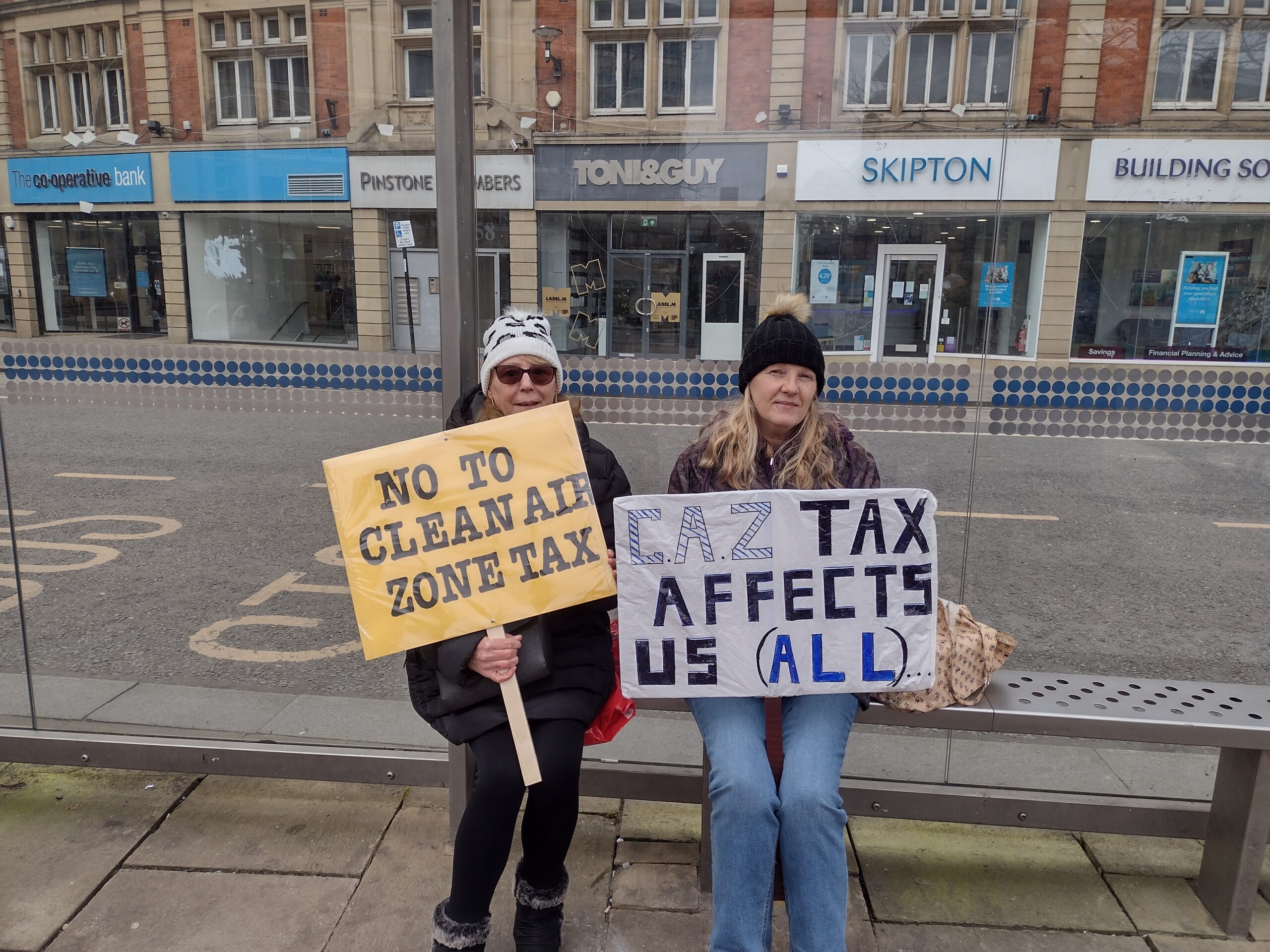After more than a year of living with Covid-19, the inequality that splits Sheffield in half has never been more apparent.
Despite hearing that “we’re all in this together” from politicians, brands, and celebrities, the pandemic showed the stark differences in the ways people live.
More time was spent at home, jobs were lost or hours cut, and existing health conditions put people at risk of serious illness or death.
What’s significant about the divide in Sheffield?
In Sheffield, the richest and poorest areas are split down the middle, with a strong dividing line between the East and the West.
This layout for a city is unique in England. In many cities, some of the most affluent and most deprived areas sit side-by-side, mixed throughout.

Diagram showing areas which fall into the 20% most and least deprived in the country, across England’s largest cities, from the Fairness Commission Report by Sheffield City Council
Researchers have said this is for historical reasons.
In the 19th century, factory owners fled from the pollution-heavy East where the factories were based, to find home in the leafy, uphill West.
After pit closures in the 1980s and 90s, the communities in the East were ravaged by poverty, while the West continued on largely unaffected.
How unequal is Sheffield?
Phil Vintin, 44, grew up in Woodhouse Mill in the East but moved as an adult to Sharrow and Nether Edge in the West.
Reflecting on the differences in the city, he said: “I think the mindset within the city varies. I’d say, as a generalisation, the North and the East are similar and the South West is particularly different, due to the money and things like the nicer, tree lined environment.”
Like any city, there are extreme differences to be found.
On average, a household in Fulwood and Lodge Moor made £65,700 a year, while a household in Fir Vale made £29,300.
While Sheffield Hallam is the richest parliamentary constituency outside of London, many parts of Sheffield struggle with poverty.
Jeni Green, co-ordinator of Cohesion Sheffield said: “So many people are living right on that poverty line.
“And when you bring Universal Credit into that, then that tips people into having to go to money lenders. They get into a cycle of not being able to pay their debts and having these ridiculous levels of payments that they’re meant to make.
“So there are cycles and cycles and cycles.”
How does that impact on health?
Income inequality and can lead to massive differences in the quality of someone’s health.
From air quality to higher risk jobs, from crime to culture.
These are just some of the many ways in which living in an area where deprivation is high can impact on someone’s health.
NHS Sheffield’s Clinical Commissioning Group highlighted five factors that led to people living in areas with higher deprivation having poorer health:
- Adoption of behaviours and lifestyles that increase their risk (e.g. smoking, lack of physical exercise)
- Uptake of available screening services
- Willingness and confidence to ask for advice, help or treatment when they have concerns about their
health - Expectations of healthcare services
Shona Kelly, Professor of Interdisciplinary Health Research at Sheffield Hallam University, researches health inequality.
She said that a big problem with health inequality was how we attribute “shame and blame” to people for behaving in unhealthy ways, such as drinking or smoking.
Professor Kelly said: “The way society is structured and organised gives some people chances over others, so it’s going to disadvantage people. And that is stressful. There’s no ifs, ands or buts about it.”
“I think it’s really difficult for the majority of the middle class population to understand how difficult daily life is when you are struggling for money. These people are not going out there blowing their money.
“If they do go out once a week and have a pint of beer? Excuse me, but that’s fine. You go out every night after work and have a glass or two of wine.”
In the East, 22% of people have a limiting long-term illness, compared to the 14% in the West and the national average of 18%.
The pandemic, divided
People living with long-term illnesses were at substantial risk of serious complications or death as a result of Covid.




